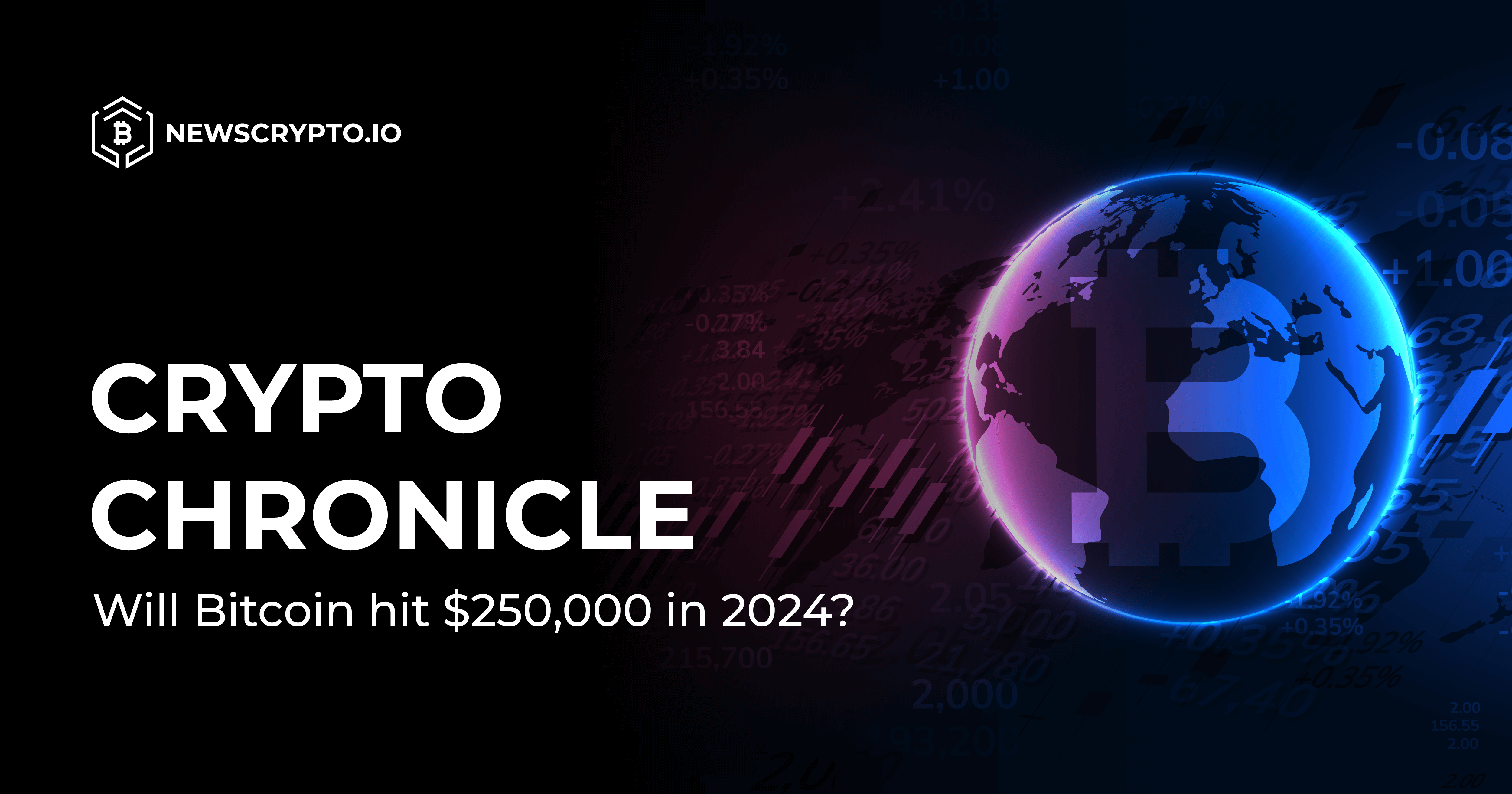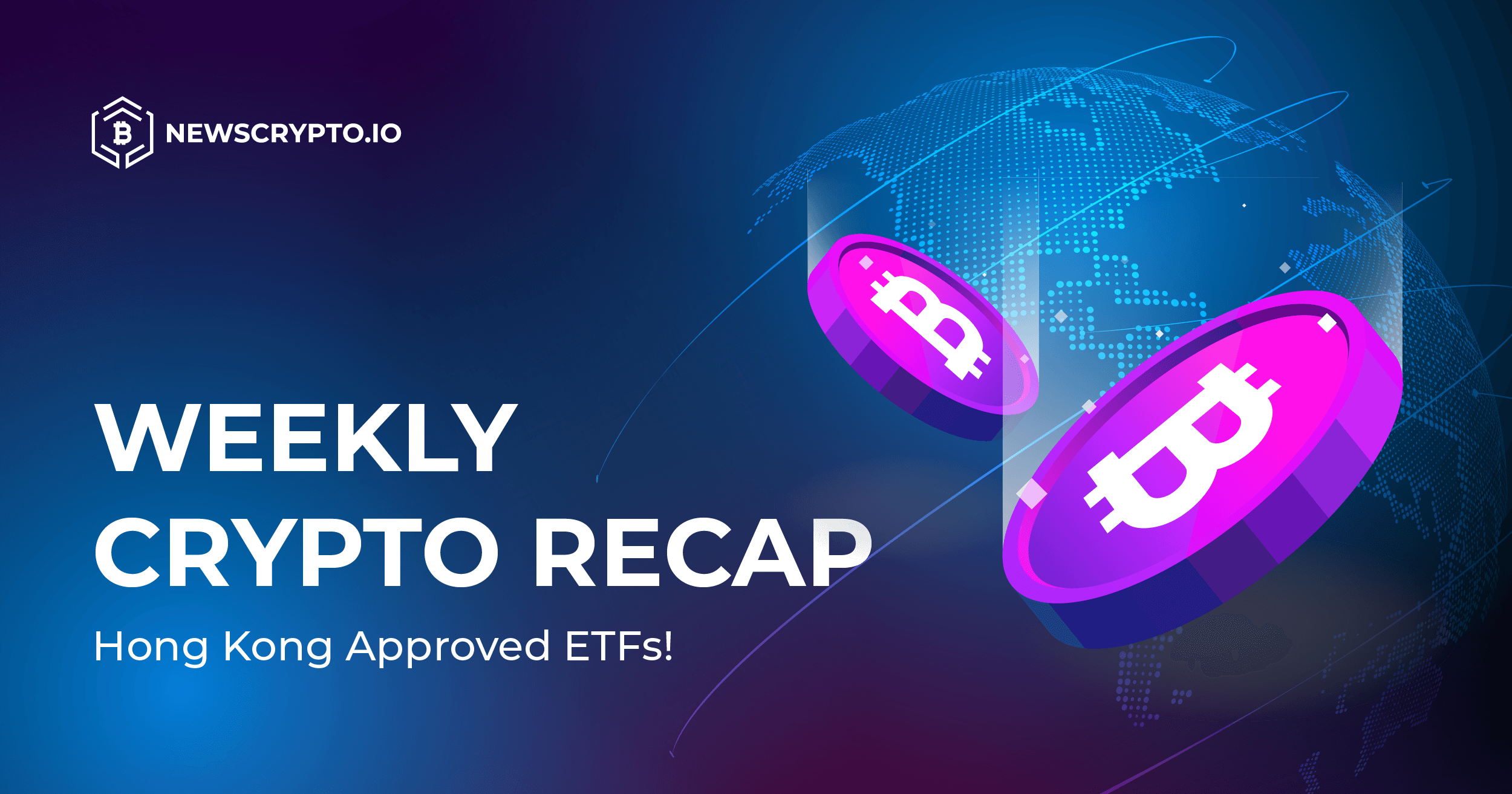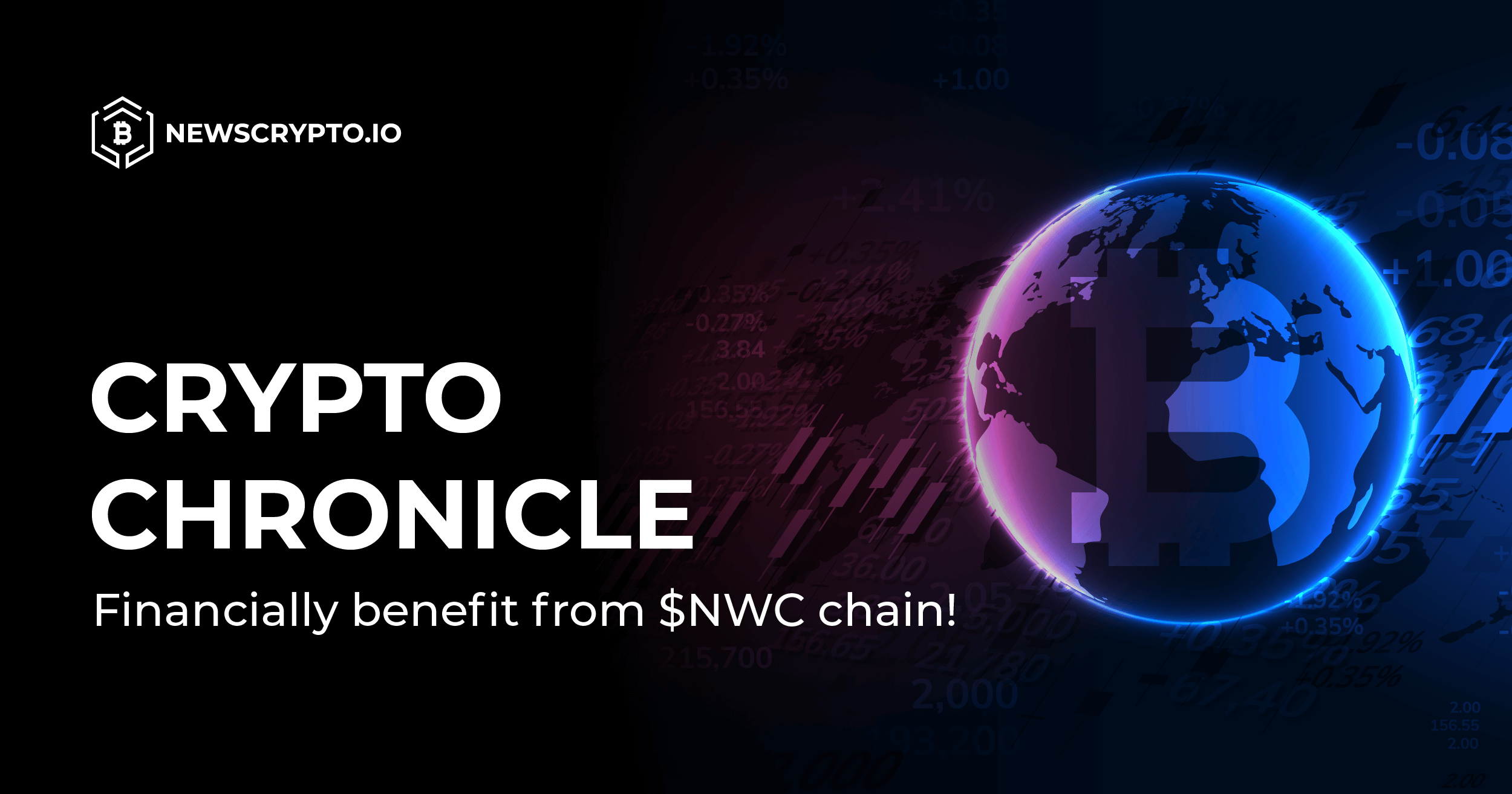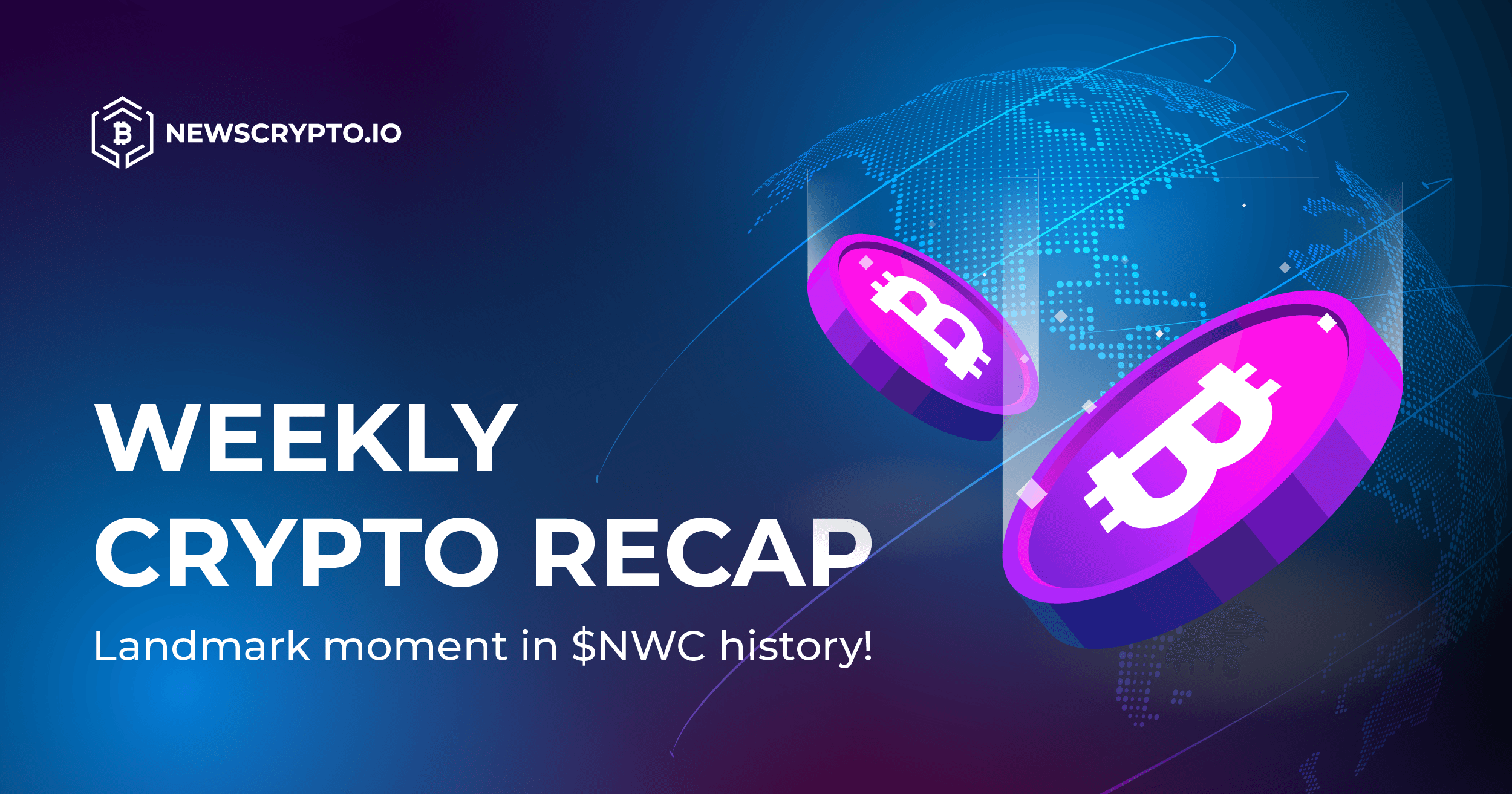Perpetual Futures vs Quarterly Futures
Few weeks ago we released the blog titled ‘Futures vs Options’, where we discussed key differences among the two derivative financial instruments. This time we’re going to take a look at two most traded futures contracts and how they differentiate from one another. Are you ready to learn everything you need to know about perpetual and quarterly futures, while also getting your hands on a few tips on how to trade both? If you’re nodding your head, let’s dive right into it.
Futures Contracts in General
As we’ve already discussed in the previous blog, futures are a type of derivatives, which means they are a financial instrument that derives their value from the underlying asset, which in the case of BTC Futures is no other than Bitcoin.
But, unlike simply buying spot BTC, buying a futures contract means that you buy the right and obligation to buy Bitcoin on a future date and at a predetermined price. Initially, futures contracts were created for commodities to avoid future risks by fixing prices in advance and settling the deal at a predetermined date. The method was then slowly adopted by other assets and has been present in crypto space as well since 2017, when Chicago-based CME and Cboe exchanges launched first BTC futures.
While the whole concept was invented basically to allow hedging - to reduce the likelihood of a loss due to unfavourable changes in the market value of the underlying asset, it can also be used to speculate on the price of the underlying asset with leverage. What does that mean? It means that you can trade futures contracts without having to pay upfront the full value of a contract. Basically you can borrow the needed capital to finance the contract with a relatively smaller equity stake and buy up to 125 times more expensive contracts than the value of your portfolio, which can greatly magnify your profits (as well as losses in case the price moves against you).
What’s more, there are two main types of futures that you can use for hedging or trading with leverage. The first are futures with a set expiration date and the second are perpetual futures, which don’t expire.
Quarterly Futures
The most popular futures with a set expiration date are quarterly futures. This investment product behaves exactly like standard futures as it has an expiry date that determines when the contract gets settled.
Quarterly futures contract expires on the last Friday of every quarter. For instance, the current contract BTC-24JUN22 – will expire on June 24, 2022, since it is the last Friday of the second quarter. On that date, those who’ll have positions will receive the cash equivalent, as the majority of quarterly futures contracts are settled in cash (USD). The alternative is a physical settlement, which means that you would literally buy 1 BTC for the predetermined price. The price of a quarterly future will inch toward its spot price as the delivery month of a futures contract approaches, which is easily explained with a combination of arbitrage interest and the law of supply and demand, but we won’t get into these details in this blog.
You can also close your position (sell or buy the contract depending on whether you’re long or short) before the expiration date, and your PnL (profits and losses) would then be the difference between the price at which you opened your position and the price at which you closed it.
In order to make everything more understandable, let’s look at a concrete example. if you purchase one BTC-24JUN22 now, for a price of $39,000. The price of this contract will fluctuate with the price of Bitcoin, until the expiry date. Finally, on 24 June, the contract will be settled, which means that you will buy 1 BTC for $39,000 regardless of the price of Bitcoin at that time.
Perpetual Futures
In contrast with traditional futures, perpetual contracts don’t have expiry dates, so there is no pre-defined settlement date. Since perpetual futures don’t have an expiry time, you can hold a position for as long as you wish, which means that traders don’t have to keep track of various delivery months.
If you want to open a leveraged perpetual futures position, you need to come up with the initial margin, which is a fraction of your position. For example, if you buy 10 Bitcoins with an initial margin of 1 Bitcoin, which is your own contribution, it means that your leverage is 10x and your initial margin is 10% of the total order. The initial margin acts as collateral and backs your position.
Once you open your position, you need to track the fluctuating maintenance margin, which is the minimum amount of collateral you must keep to maintain the position open. If the maintenance figure drops too close to this level, you will receive a margin call. A margin call is when your broker warns you that you will need to add more funds, if you want to keep the position open. In case you don’t add the needed collateral and your maintenance margin drops below the liquidation level your broker will close your position and your collateral will be lost. To ensure it doesn’t happen to you, always use stop-loss to minimize your losses.
There is an interesting mechanism that makes sure that the price of perpetual futures don’t get completely uncoupled from the price of the underlying asset. It is done through regular payments (every 8 hours) between buyers and sellers based on the funding rate. When this rate is positive (when the price of a perpetual contract is above the spot price), traders that have long positions have to pay those who have short positions and vice versa. This way traders are incentivized to keep the contract’s price close to the spot price and it usually fluctuates around it.
Conclusion
Taking everything into account, the futures market offers unparalleled flexibility, allowing you to go long or short on a cryptocurrency using leverage. Your decision to opt for perpetual or quarterly futures in a particular scenario depends on your objectives and other factors, as both of them are designed to cater to the specific needs of individual traders.
Your optimal choice usually depends on the length of a trade - a length of a time period in which you’re going to hold your position. Keep in mind that while you have to pay a funding fee every 8 hours when dealing with perpetual futures, quarterly futures contracts have no funding fee associated with them, which makes them ideal for swing traders and hedgers, since in extreme market conditions funding fees can get costly and have a big impact on PnL.
Contrarily, perpetual futures may be better suited for you if you're looking for short-term trades. Luckily funding fees can work in your favour. When the funding is extremely high or highly negative, you can take advantage of it. Basically, when the funding is extremely high, it means that there are lots of overleveraged longs and that a volatile move downwards is highly probable, because even the slightest drop in price may trigger some liquidations, which would force even more liquidations and so on. Since such cascades push prices much lower, very high funding rates offer a shorting opportunity. Contrarily, extremely negative funding rates offer short squeeze opportunities of overleveraged shorts, giving you a chance to profit by going long. Additionally you can short perpetual futures on an exchange where the funding is high and long them on an exchange where funding is much lower.




